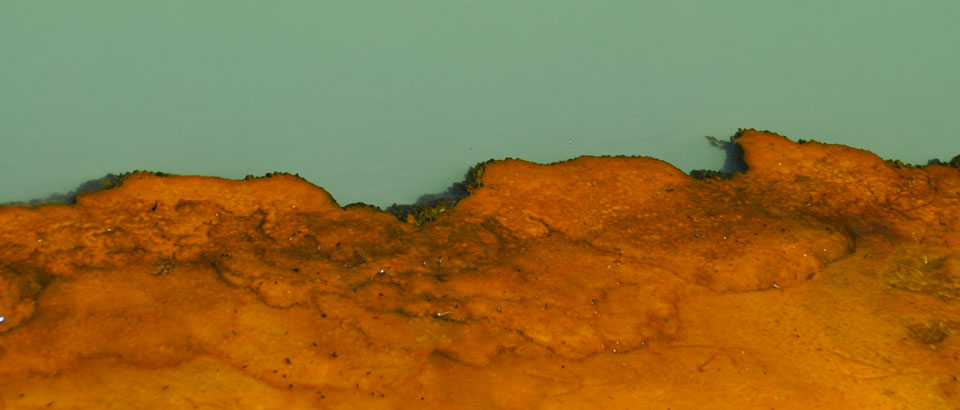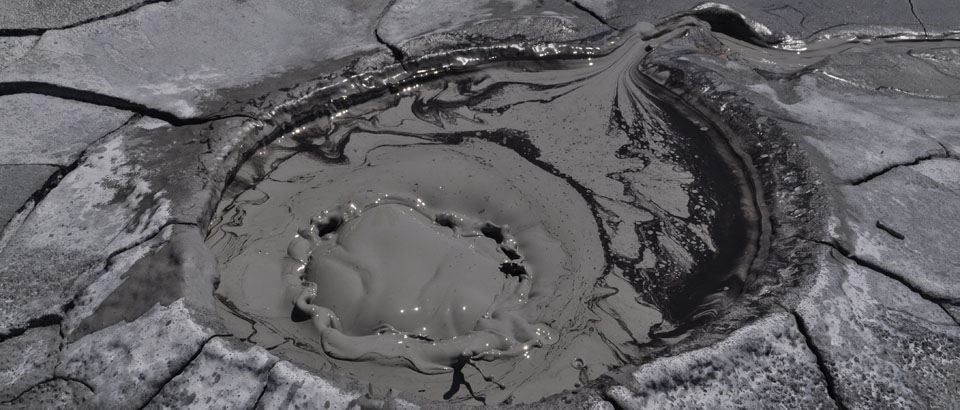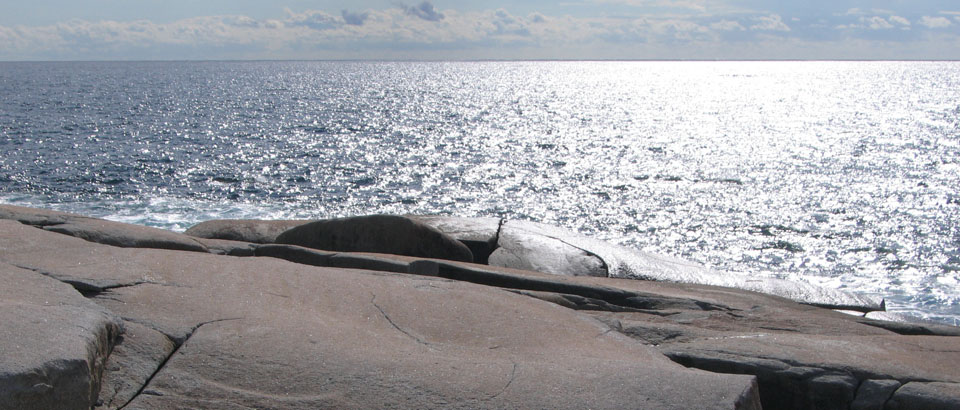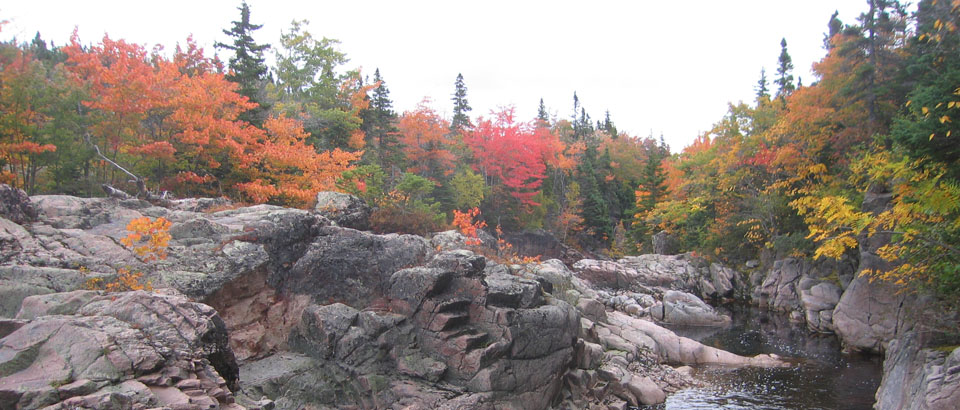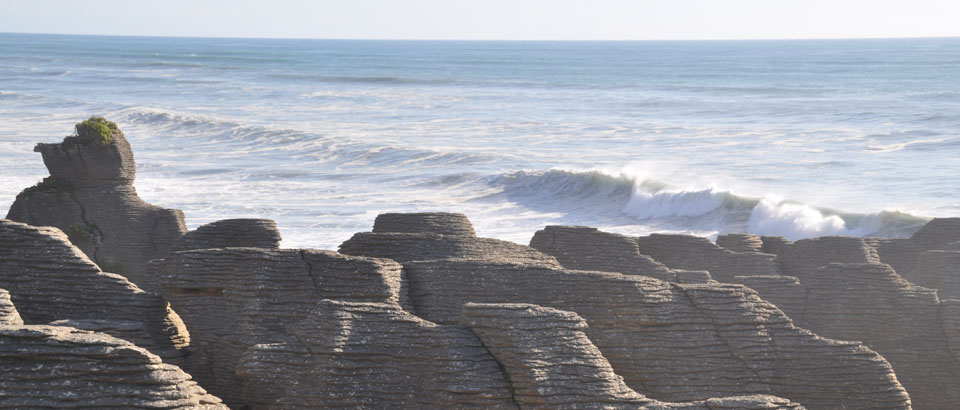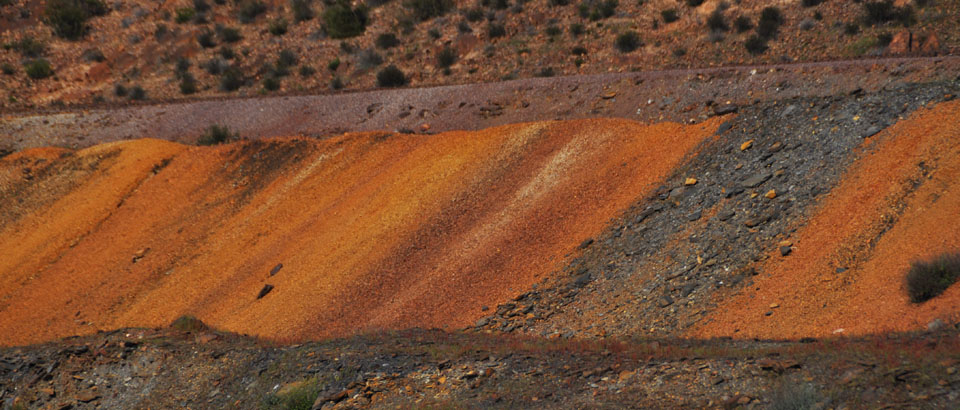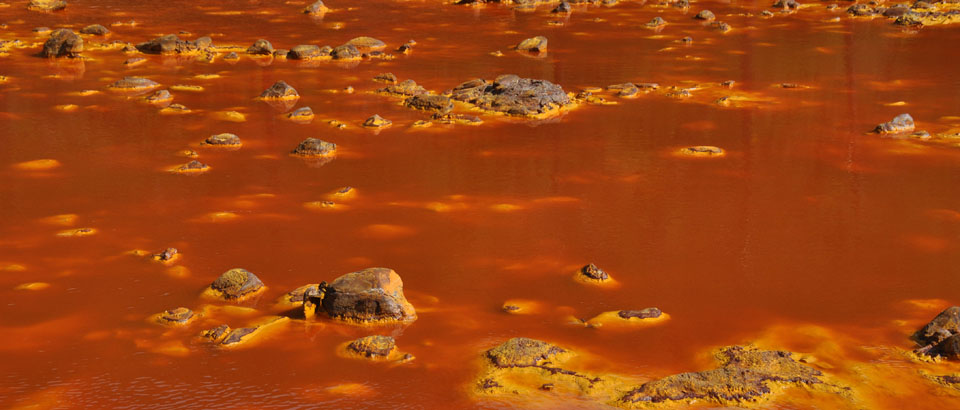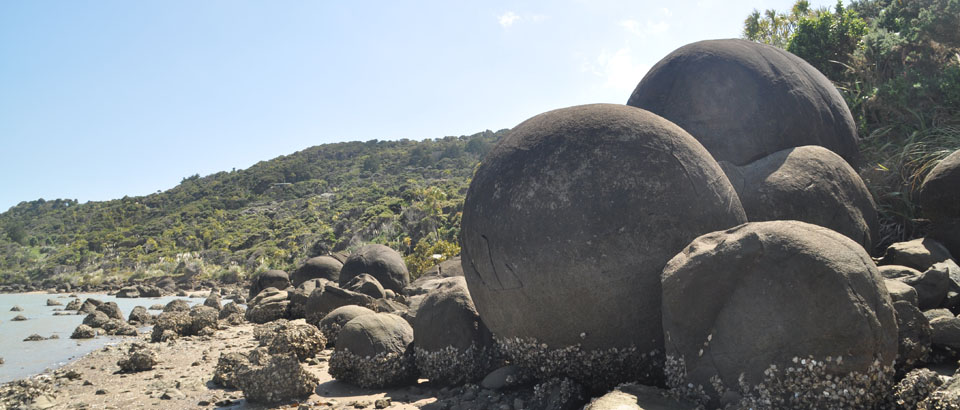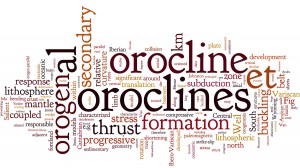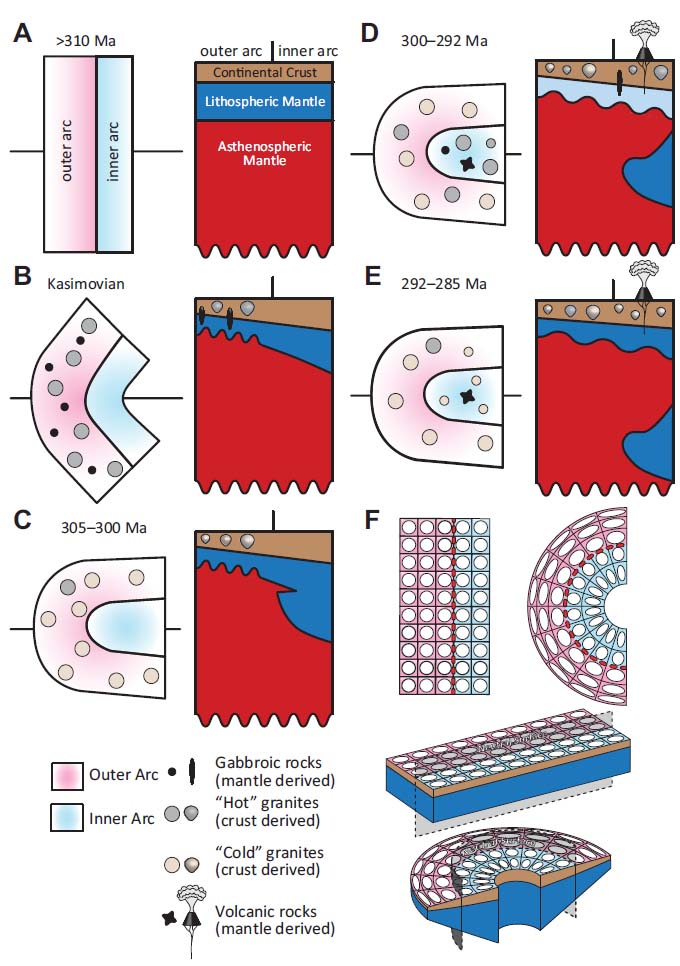Oroclines: thick and thin. S.T. Johnston., A.B. Weil, G. Gutiérrez-Alonso., 2013, Geological Society of America Bulletin, 125, 643-663 DOWNLOAD-DESCARGAR
ABSTRACT
An orocline is a thrust belt or orogen that is curved in map-view due to it having been bent or buckled about a vertical axis of rotation. Two distinct types of oroclines are recognized: progressive and secondary. Progressive oroclines are restricted to the scale of a thrust sheet to thrust belt, are thin-skinned, and develop during thrust sheet emplacement. Secondary oroclines are larger, occurring at the scale of an orogen, and are plate-scale features that affect crust and lithospheric mantle. Unlike progressive oroclines, which develop during initial orogenesis and in response to the same orogen-perpendicular stress responsible for thrust sheet emplacement, secondary oroclines are extra-orogenic, developing after initial orogenesis and in response to an orogen-parallel principal compressive stress that is oriented at a high angle to the stress responsible for orogen development. We present case studies of the Wyoming Salient, a progressive orocline that characterizes the Sevier thrust belt of the western United States, and the coupled Cantabrian and Central Iberian oroclines, which are linked secondary oroclines affecting the Variscan orogen of Iberia. The vertical-axis rotations involved in progressive and secondary orocline formation are most readily quantified through paleomagnetic analysis. Detailed three-dimensional palinspastic restoration that incorporates translation rotation and strain can distinguish the role, if any, of primary curvature in progressive oroclines. The use of tectonic vectors, such as paleocurrent directions, provides a means of recognizing and characterizing the initial geometry of secondary oroclines. Because secondary oroclines involve the entire lithosphere, detailed studies of coeval metamorphism and magmatism provide a means of constraining the fate of the mantle lithosphere during oroclinal buckling.


